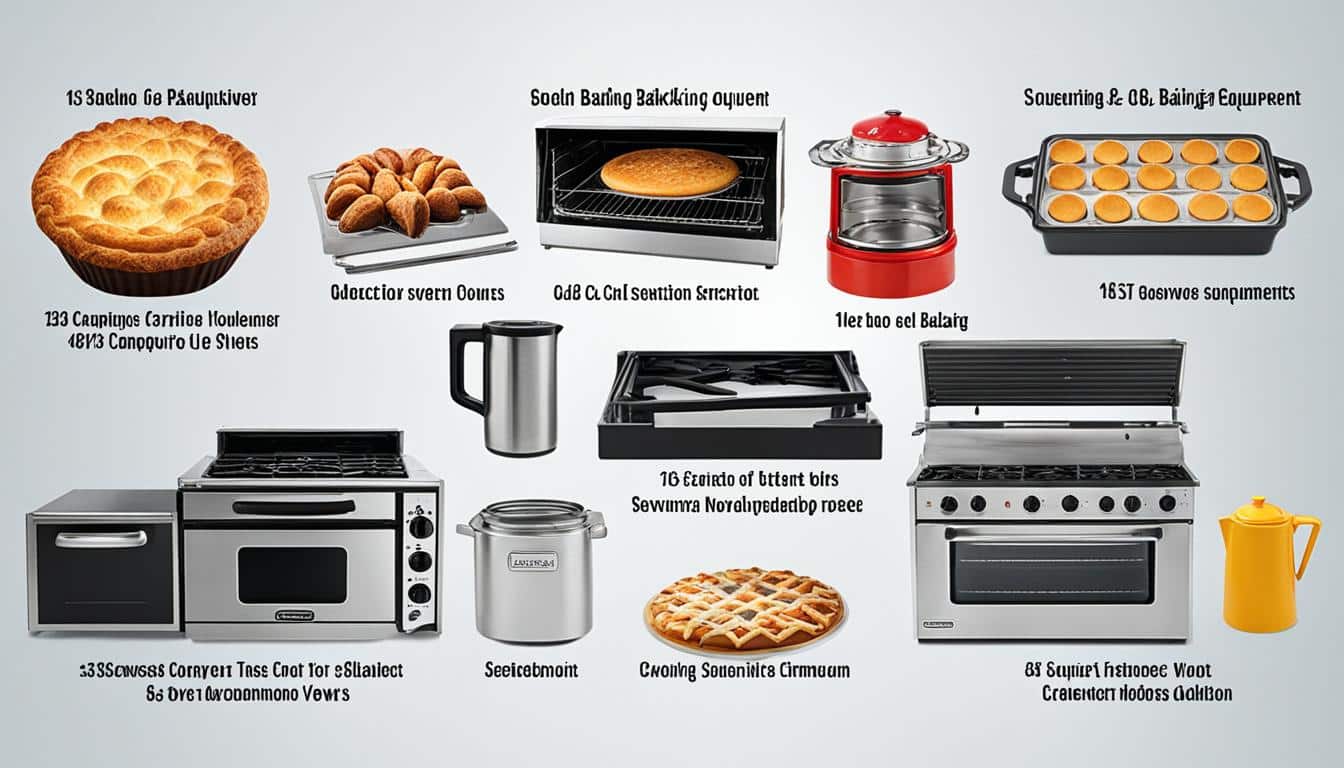
As a passionate baker, I’ve always loved experimenting in the kitchen and creating delectable treats for my loved ones. But when I moved to the majestic mountains, I faced a new challenge: high altitude baking. The awe-inspiring views and crisp mountain air were exhilarating, but they brought along a whole new set of difficulties when it came to achieving perfect results in the oven.
Picture this: I eagerly pulled my first batch of cookies out of the oven, only to be greeted with disappointment. They were flat, dense, and lacked the soft chewiness I had come to expect. It felt like a setback, a blow to my baking confidence. I couldn’t understand why my tried-and-tested recipes weren’t turning out as planned.
This is when I realized that I needed to make recipe adjustments to accommodate the unique conditions of high altitude baking. The lower air pressure and boiling points at higher elevations can wreak havoc on your baked goods if you don’t take the necessary precautions. I embarked on a journey of research, trial, and error, determined to conquer the challenges that came with mountain baking.
Today, I want to share with you the valuable lessons I’ve learned along the way. Whether you’re a fellow mountain dweller or simply venturing into high altitude baking, these recipe adjustments and baking tips will help you achieve the sweet success you crave. So let’s dive in and discover the secrets to baking perfection at high altitudes.
Adjusting Oven Temperature, Baking Time, and Ingredients
When baking at high altitude, it’s essential to make adjustments to the oven temperature, baking time, and ingredients in your recipes. These adjustments help ensure that your baked goods turn out perfectly despite the challenges posed by higher elevations.
To start, increasing the oven temperature by 15 to 25°F is recommended. This adjustment helps set the structure of the baked goods before they overexpand and dry out, resulting in a more evenly baked product.
Along with adjusting the oven temperature, it’s crucial to decrease the baking time. As products tend to bake more quickly at higher temperatures, reducing the baking time by 5-8 minutes per 30 minutes of baking time is advised.
When it comes to ingredients, there are a few key adjustments to keep in mind. Firstly, decreasing the amount of sugar by 1 tablespoon per cup is recommended. This adjustment helps prevent concentration and weakening of the structure, ensuring a balanced sweetness in your final product.
In addition to sugar, it’s important to increase the liquid in your recipes. At 3,000 feet, adding 1 to 2 tablespoons of liquid is sufficient. For each additional 1,000 feet, increase the liquid by 1 1/2 teaspoons. This adjustment prevents drying out at higher temperatures and evaporation rates.
Furthermore, you may need to increase the amount of flour when baking at higher altitudes. This adjustment strengthens the structure of the baked goods and ensures their successful rise and texture.
Finally, adjusting the leavening agents, such as baking powder or baking soda, is necessary. Changes in altitude impact their effectiveness, so it’s essential to use the provided chart to determine the appropriate amount of leavening based on the specified altitude.
By making these adjustments to the oven temperature, baking time, and ingredients, you can achieve excellent results when baking at high altitudes.
Tips for Baking Cookies, Cakes, and Breads at High Altitude
When it comes to baking cookies at high altitude, a few adjustments can make all the difference. To ensure success, consider increasing the water slightly to help the dough come together. This will prevent dryness and crumbly texture. Additionally, decreasing the amount of leavening agents such as baking powder or baking soda will prevent overexpansion of the cookies. It’s also recommended to bake at a slightly higher temperature and shorten the baking time to achieve the desired texture and consistency.
When tackling high altitude cake baking, moisture retention is essential. Consider adding an extra egg or egg white to the cake batter. This will not only enhance moisture but also promote quicker coagulation. To avoid excessive rising, decreasing the amount of baking powder or baking soda is crucial. Remember to adjust the oven temperature and baking time to ensure even baking and avoid over-drying the cake.
When it comes to baking breads at high altitude, a few key adjustments can greatly improve your results. First, decrease the amount of yeast to prevent over-rising. This adjustment helps maintain the structure and texture of the bread. Also, shorter rising times are recommended to prevent over-fermentation. Consider adding additional liquid or incorporating a sourdough starter to enhance the moisture and flavor of the bread. Each type of bread may have unique adjustments, so experiment and tailor the recipe to achieve the best results.
Remember, baking at high altitude requires some trial and error. Don’t be discouraged if your first attempts are not perfect. With practice and these helpful tips, you’ll soon become a high altitude baking expert, creating delicious cookies, cakes, and breads that will impress everyone.

